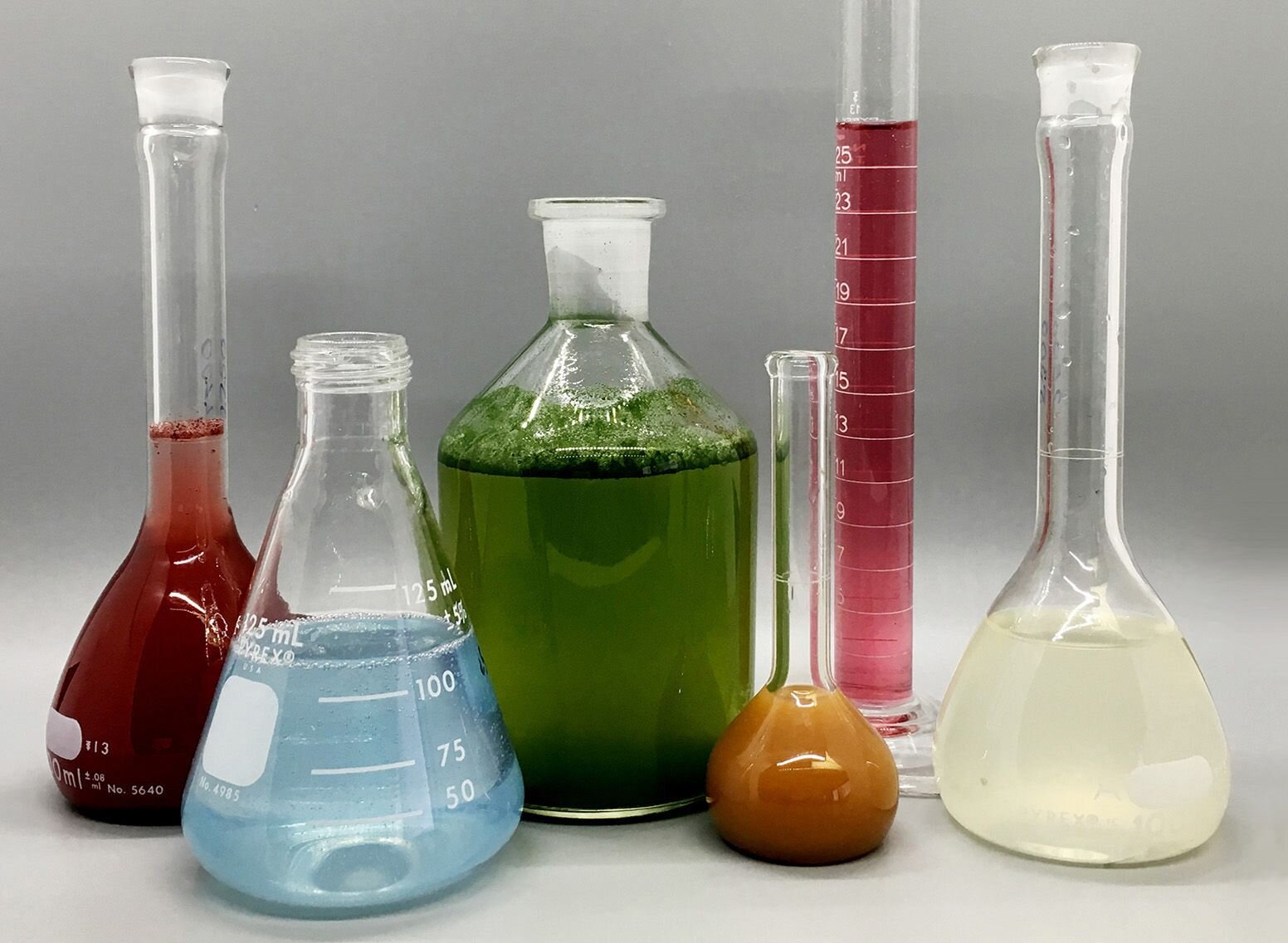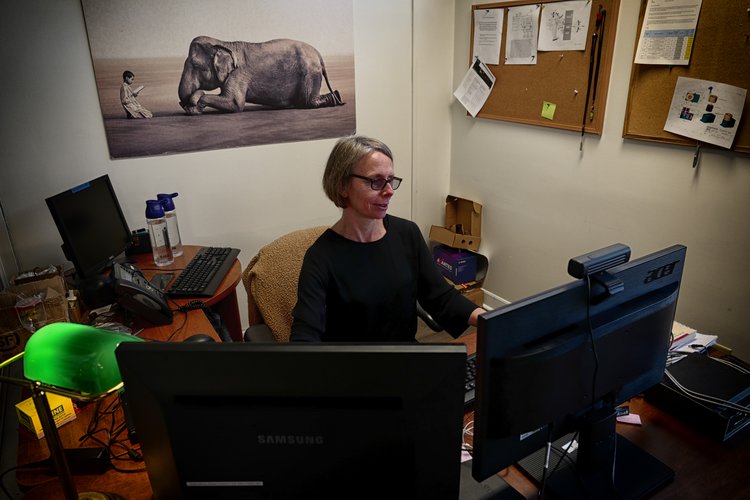Unknown Facts About Uv/vis
Table of ContentsCircularly Polarized Luminescence Can Be Fun For AnyoneThe Definitive Guide for Circularly Polarized LuminescenceA Biased View of Uv/visFascination About Circularly Polarized LuminescenceExcitement About Uv/vis/nir

Spectrophotometry is a tool that hinges on the quantitative analysis of particles depending on how much light is soaked up by colored substances.
The Greatest Guide To Circularly Polarized Luminescence
A spectrophotometer is frequently utilized for the measurement of transmittance or reflectance of options, transparent or opaque solids, such as refined glass, or gases. Lots of biochemicals are colored, as in, they absorb noticeable light and therefore can be measured by colorimetric procedures, even colorless biochemicals can often be transformed to colored substances ideal for chromogenic color-forming reactions to yield compounds appropriate for colorimetric analysis.: 65 However, they can likewise be designed to determine the diffusivity on any of the listed light ranges that usually cover around 2002500 nm utilizing various controls and calibrations.
An example of an experiment in which spectrophotometry is used is the determination of the stability constant of an option. A particular chemical response within an option might take place in a forward and reverse direction, where reactants form products and products break down into reactants. At some time, this chemical reaction will reach a point of balance called a balance point.
Not known Details About Circularly Polarized Luminescence
The quantity of light that passes through the option is a sign of the concentration of certain chemicals that do not permit light to pass through. The absorption of light is because of the interaction of light with the electronic and vibrational modes of molecules. Each kind of molecule has a private set of energy levels related to the makeup of its chemical bonds and nuclei and thus will take in light of particular wavelengths, or energies, leading to unique spectral properties.
The usage of spectrophotometers spans various clinical fields, such as physics, products science, chemistry, biochemistry. spectrophotometers, chemical engineering, and molecular biology. They are commonly utilized in lots of industries including semiconductors, laser and optical production, printing and forensic evaluation, along with in labs for the study of chemical compounds. Spectrophotometry is typically used in measurements of enzyme activities, decisions of protein concentrations, determinations of enzymatic kinetic constants, and measurements of ligand binding reactions.: 65 Ultimately, a spectrophotometer has the ability to identify, depending on the control or calibration, what compounds exist in a target and precisely just how much through estimations of observed wavelengths.
Created by Arnold O. Beckman in 1940 [], the spectrophotometer was created with the help of his coworkers at his company National Technical Laboratories founded in 1935 which would become Beckman Instrument Business and eventually Beckman Coulter. This would come as an option to the formerly developed spectrophotometers which were not able to soak up the ultraviolet properly.
Not known Incorrect Statements About Spectrophotometers
It would be found that this did not give acceptable outcomes, for that reason in Design B, there was a shift from a glass to a quartz prism which permitted better absorbance outcomes - circularly polarized luminescence (https://soundcloud.com/julieanndesalorenz30606). From there, Model C was born with a modification to the wavelength resolution which ended up having three systems of it produced
It irradiates the sample with polychromatic light which the sample absorbs depending upon its properties. Then it is transmitted back by grating the photodiode variety which identifies the wavelength area of the spectrum. Because then, the creation and execution of spectrophotometry gadgets has actually increased tremendously and has turned into one of the most ingenious instruments of our time.

The Main Principles Of Circular Dichroism
The grating can either be movable or fixed.
In such systems, the grating is repaired and the intensity of each wavelength of light is determined by a different detector in hop over to here the array. Furthermore, most modern mid-infrared spectrophotometers utilize a Fourier transform method to acquire the spectral details - https://www.4shared.com/u/FvsNFVfH/julieanndesalorenz30606.html. This strategy is called Fourier change infrared spectroscopy. When making transmission measurements, the spectrophotometer quantitatively compares the portion of light that goes through a recommendation solution and a test solution, then digitally compares the strengths of the two signals and computes the portion of transmission of the sample compared to the reference standard.
